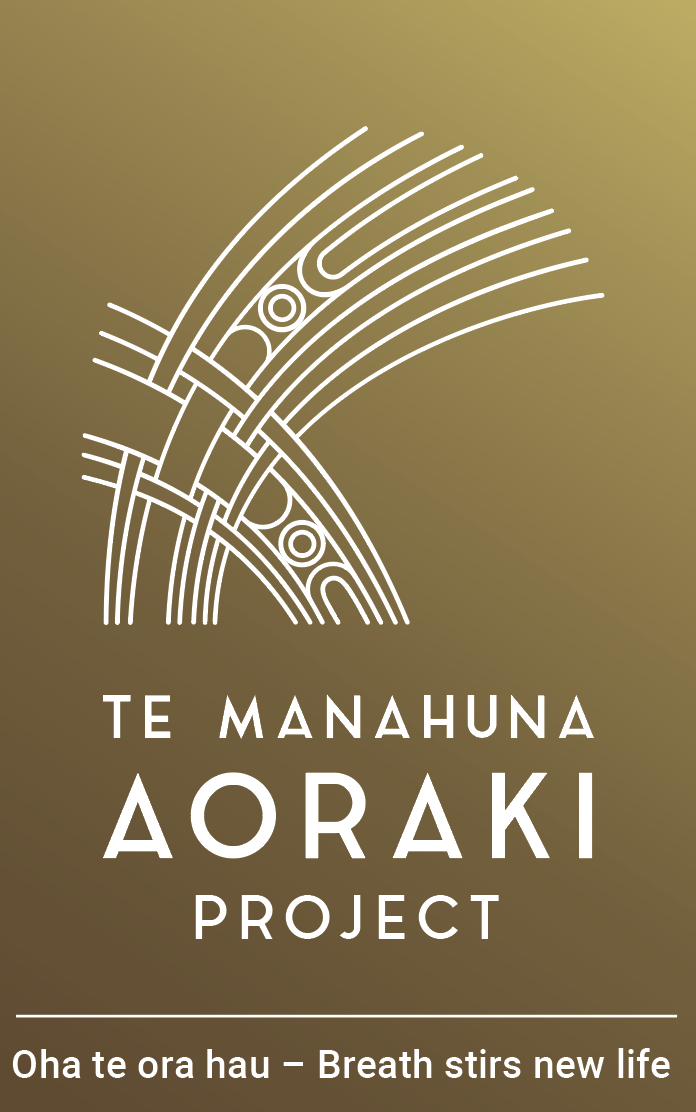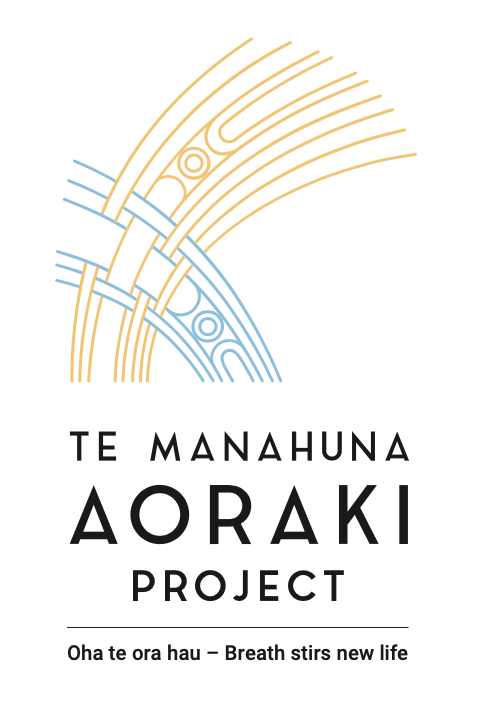Google Richard Maloney and the extensive list of reports and science publications that appear give an insight into his vast knowledge and experience working in ecology and the Mackenzie Basin.
Growing up on the West Coast around Okarito and Harihari, he has always had a love of extreme environments and nature. He started work in Westland National Park at the age of 18, building huts and tracks as a summer holiday job and stayed on, working for what was then the Wildlife Service in Takapō/Tekapo for three years. During that time he was a field assistant to Ray Pierce who was doing a PhD on kakī. The pair live-captured feral cats and stoats, then followed their movements with radio transmitters. It was some of the first research of this kind done in a dry-lands area.
Richard then went on to do an MSc in zoology at Canterbury University where he attempted to train toutouwai/robin to recognise and respond to introduced mammalian predators like stoats. He found some of the first evidence that native birds were tame towards predators. “We did manage to train the birds to better protect themselves, but they didn’t do enough to save themselves,” he says.
Next came a job working as an ecologist with Project River Recovery in Twizel before he took up a position in Saudi Arabia working with houbara bustards and completing a PhD on the reintroduction and breeding ecology of the bustard. This experience gave him a greater understanding of managing populations of rare birds that was to be very useful when he returned to Twizel as a scientist for DOC’s kakī recovery programme.
“Once you have worked on braided rivers you get a passion for it, they are really beautiful places and there’s a lot going on. You get addicted to them,” he says.
Just before Richard began working with the kakī programme in 1999, the RHD rabbit virus was introduced and the resulting drop in rabbit numbers had a devastating effect on kakī as predators switched prey after the rabbits disappeared. Kakī numbers dropped from a stable population of 50 to only 33 birds, with four pairs in the wild.
“We ramped up the kakī captive work, harvesting way more eggs from the wild, a strategy they still employ today,” he says.
In 2005 he was offered a national role with DOC, putting a national perspective on the recovery of threatened species and landscapes. “We started thinking about how to prioritise threatened species nationwide. How we can focus better on the species and ecosystems that need it first, and how much effort we should put in,” he says.
Richard has been involved with Te Manahuna Aoraki since its inception as a landscape scale biodiversity project. He has provided technical advice along the way and is now involved in long term planning for the project.
“It’s really healthy not to lose sight of the work that happens on the ground. My involvement with Te Manahuna Aoraki means I can take the learnings from the project and take them nationally.”


